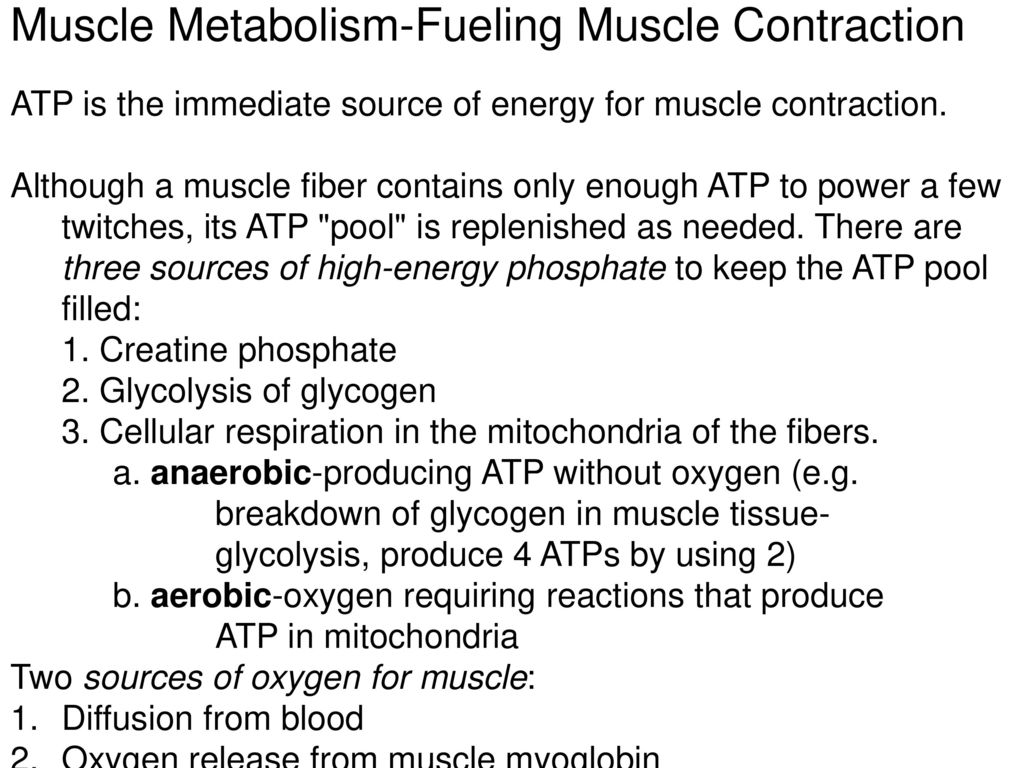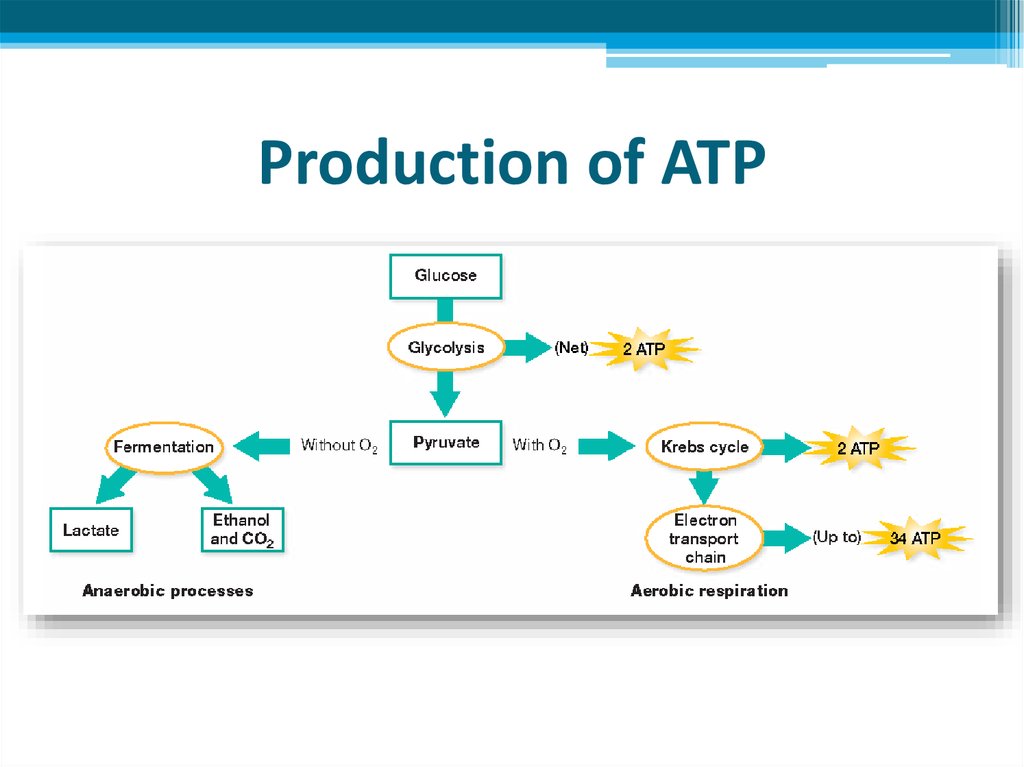The Most Effective Fuel Source For Producing Atp Is

Imagine a marathon runner, muscles screaming, pushing through the final mile. Or picture a hummingbird, wings a blur, flitting tirelessly from flower to flower. What fuels these incredible feats of endurance and bursts of energy? The answer, at its most fundamental level, lies within a tiny molecule: ATP, or adenosine triphosphate.
This article explores the fascinating world of ATP production, diving into the question of what truly is the most effective fuel source for generating this essential energy currency of life. While the answer isn't a simple one-size-fits-all, understanding the nuances of carbohydrate, fat, and protein metabolism provides valuable insights into optimizing energy production for different needs and activities.
The Powerhouse Within: Understanding ATP
ATP is often referred to as the "molecular unit of currency" for intracellular energy transfer. Think of it as the tiny battery that powers every process within our cells, from muscle contraction and nerve impulse transmission to protein synthesis and DNA replication.
When a cell needs energy, it breaks a phosphate bond in ATP, releasing energy and forming ADP (adenosine diphosphate) or AMP (adenosine monophosphate). The cell then works to regenerate ATP from ADP or AMP, requiring a fuel source to power this recharge.
The Big Three: Carbohydrates, Fats, and Proteins
Our bodies primarily utilize three macronutrients – carbohydrates, fats, and proteins – to generate ATP. Each plays a distinct role and offers different advantages in the complex process of energy production.
Carbohydrates: The Quick Fuel
Carbohydrates, found in foods like fruits, grains, and vegetables, are often considered the body's preferred fuel source for high-intensity activities. They are broken down into glucose, a simple sugar that can be quickly metabolized to produce ATP.
This rapid ATP production makes carbohydrates ideal for sprinting, weightlifting, or any activity requiring a burst of power. However, the body's storage capacity for carbohydrates (in the form of glycogen) is limited, leading to potential fatigue during prolonged exertion.
Fats: The Endurance Champion
Fats, abundant in oils, nuts, and fatty meats, provide a significantly larger energy reserve compared to carbohydrates. The breakdown of fats, through a process called beta-oxidation, yields a greater number of ATP molecules per gram compared to carbohydrates.
This makes fats the ideal fuel source for low-to-moderate intensity, long-duration activities like walking, jogging, or cycling. While fat metabolism is slower than carbohydrate metabolism, the vast energy reserves allow for sustained performance over extended periods.
Proteins: The Supporting Role
Proteins, crucial for building and repairing tissues, can also be used as an energy source, though it's not their primary function. When carbohydrate and fat stores are depleted, the body can break down proteins into amino acids, which can then be converted into glucose or other metabolic intermediates for ATP production.
However, relying on protein for energy is generally not desirable, as it can lead to muscle breakdown and hinder other essential functions. Protein catabolism is more prevalent during starvation or extreme endurance activities.
The Most Effective Fuel: Context Matters
Determining the "most effective" fuel source for ATP production is dependent on various factors, including the intensity and duration of the activity, the individual's training status, and their dietary habits.
For short, high-intensity bursts of energy, carbohydrates reign supreme due to their rapid ATP production. Glycolysis, the breakdown of glucose, can generate ATP quickly, though less efficiently than other metabolic pathways.
For prolonged, low-to-moderate intensity activities, fats offer a more sustainable energy source, providing a higher yield of ATP per gram. Beta-oxidation is more efficient than glycolysis but requires more oxygen.
Protein plays a crucial role in supporting overall metabolic function and can contribute to ATP production under specific circumstances, but it's generally not the most effective primary fuel source.
Beyond Macronutrients: The Importance of Efficiency
While the type of fuel source is important, the efficiency of ATP production is equally crucial. Factors like mitochondrial density (the powerhouses within our cells) and the efficiency of the electron transport chain play significant roles in determining how effectively fuel is converted into ATP.
Regular exercise, particularly endurance training, can increase mitochondrial density and improve the efficiency of oxidative metabolism, allowing the body to better utilize both carbohydrates and fats for ATP production. A well-balanced diet, rich in essential nutrients, also supports optimal mitochondrial function.
Putting It All Together: A Holistic Approach
Ultimately, the most effective approach to fueling ATP production is a holistic one, focusing on a balanced intake of carbohydrates, fats, and proteins tailored to individual needs and activity levels. Prioritizing whole, unprocessed foods provides the necessary nutrients for optimal metabolic function and efficient ATP production.
For example, a marathon runner might prioritize carbohydrate intake leading up to a race to maximize glycogen stores, while also ensuring adequate fat intake for sustained energy during the event. Strength athletes might focus on a higher protein intake to support muscle repair and growth, while also incorporating carbohydrates and fats for energy needs.
The Symphony of Energy
The production of ATP is a complex and fascinating process, a symphony of biochemical reactions orchestrated to power every aspect of life. There isn't a single "best" fuel source, but rather a dynamic interplay between carbohydrates, fats, and proteins, each contributing to the overall energy needs of the body.
By understanding the nuances of macronutrient metabolism and prioritizing a balanced, nutrient-rich diet, we can optimize ATP production and unlock our full potential, whether we're running a marathon, lifting weights, or simply navigating the demands of daily life. Remember, the key lies not just in what we eat, but how effectively our bodies can transform that fuel into the energy that drives us forward.


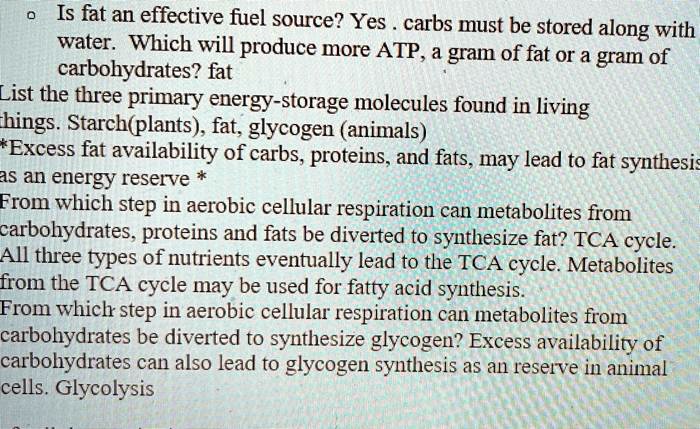
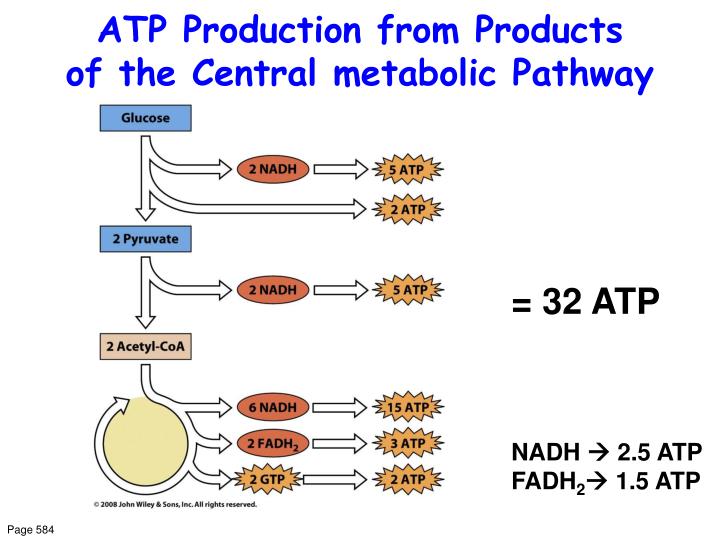


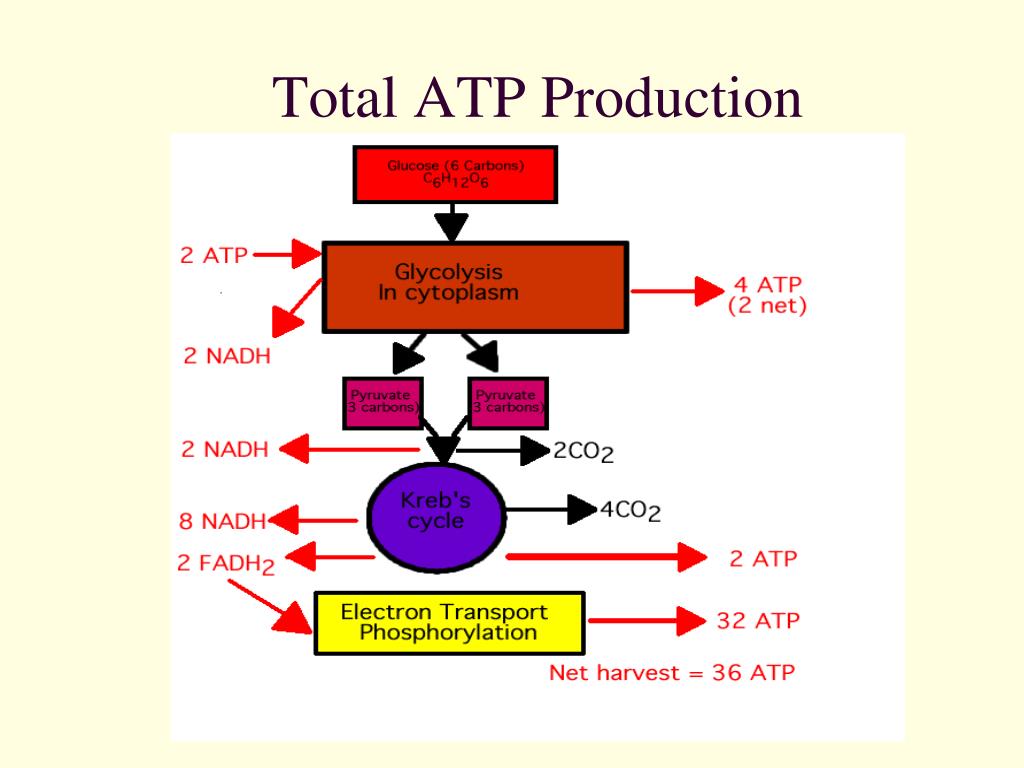
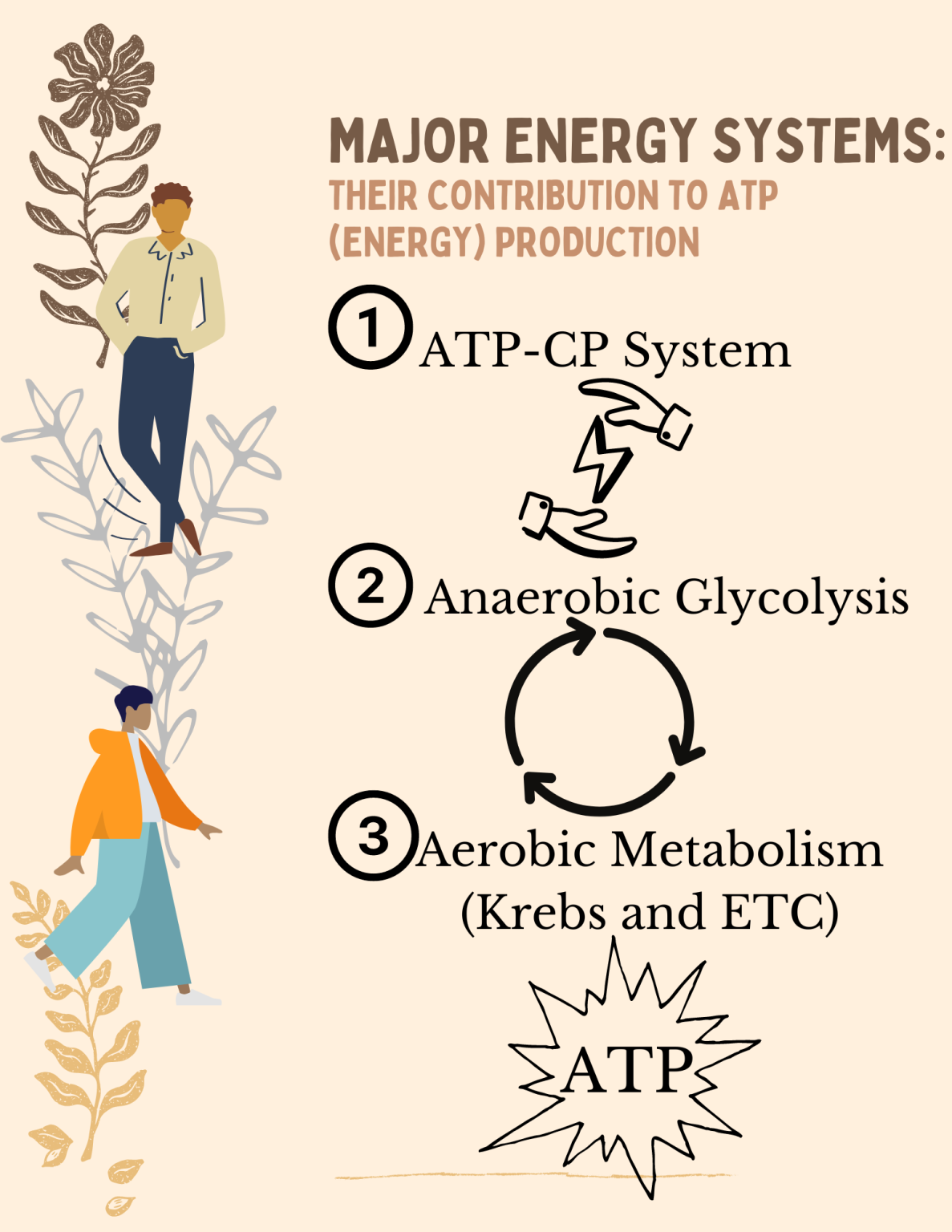
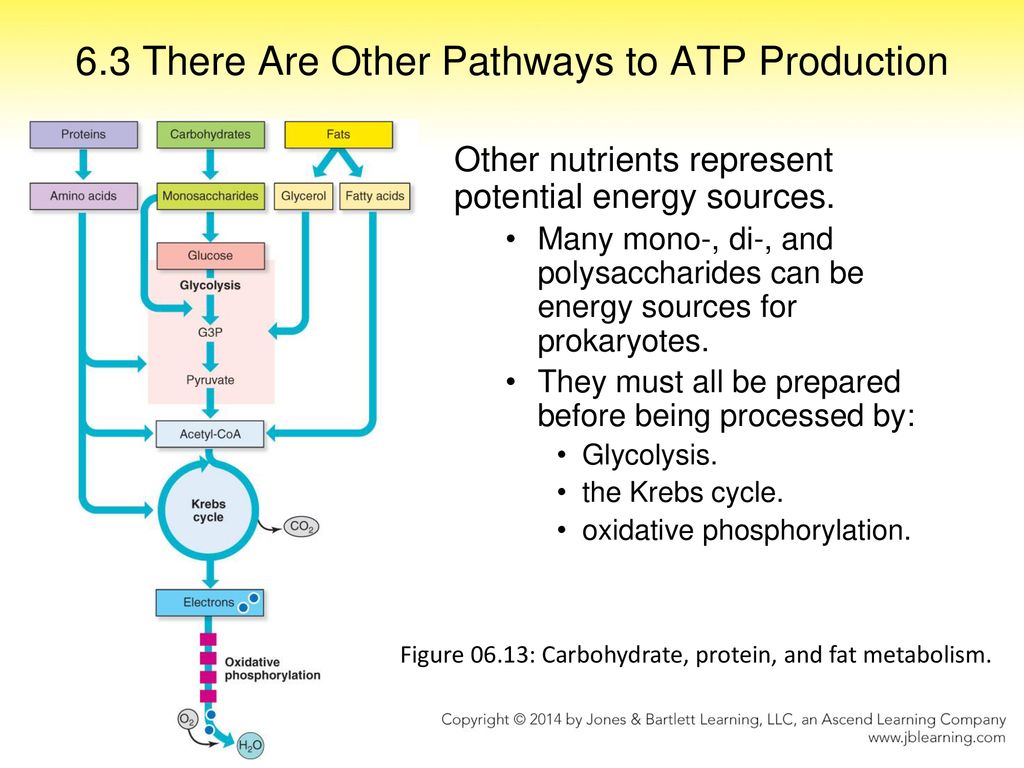
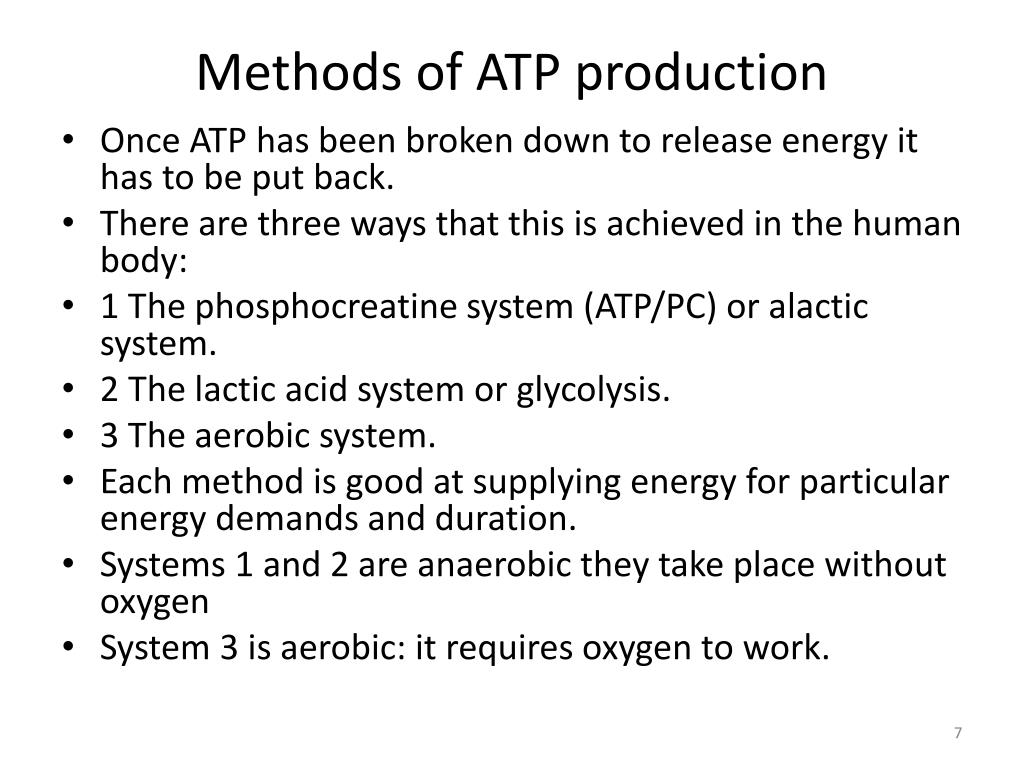
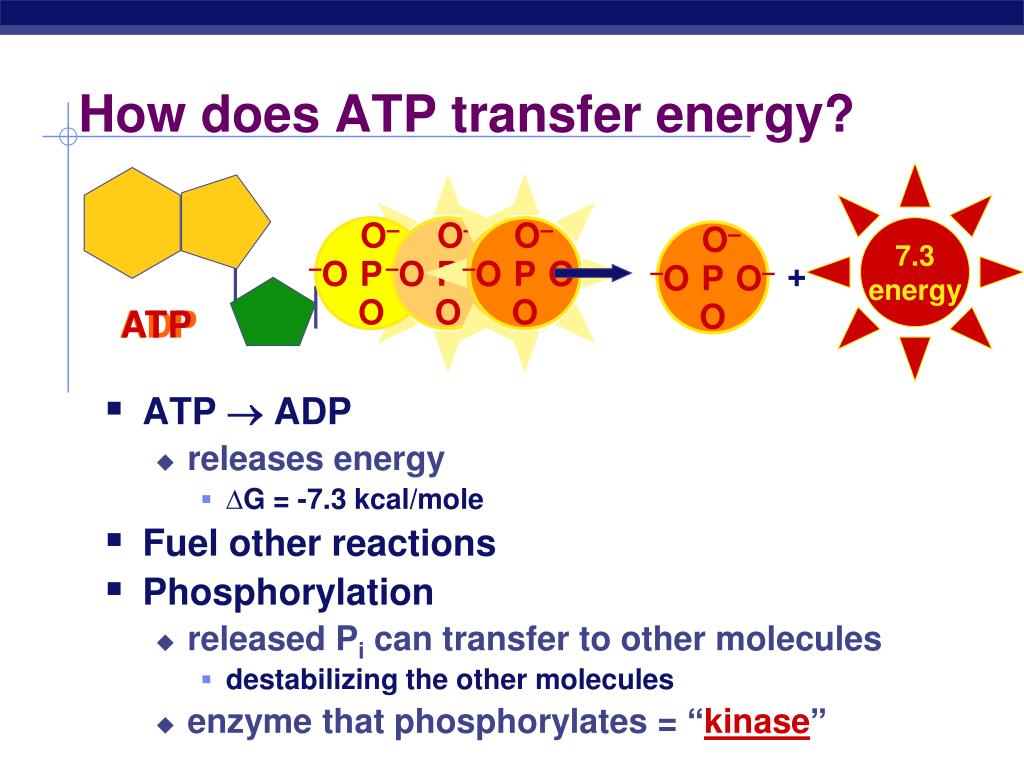

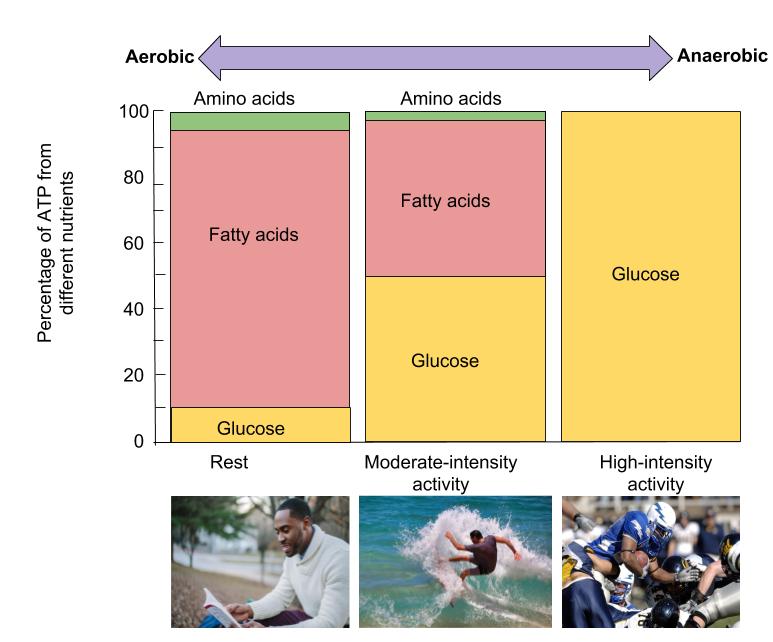


:max_bytes(150000):strip_icc()/ATP_ADP-358b5b4c26b443629b0f3ab9044bfbb1.jpg)
